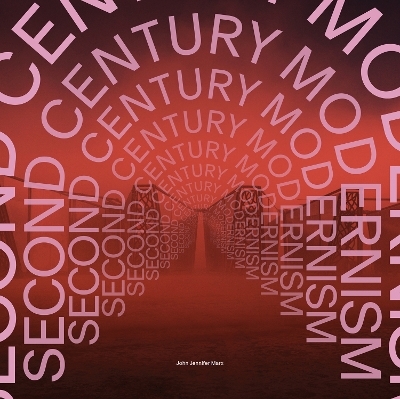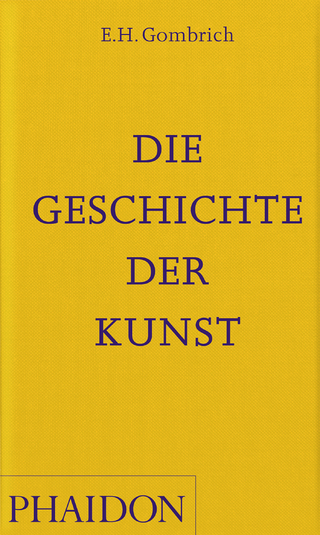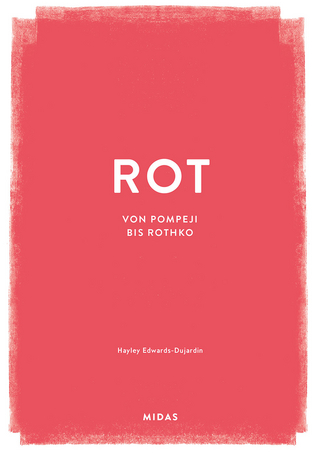
Second-Century Modernism
Seiten
2025
Oro Editions (Verlag)
978-1-957183-34-3 (ISBN)
Oro Editions (Verlag)
978-1-957183-34-3 (ISBN)
- Noch nicht erschienen (ca. Juni 2025)
- Versandkostenfrei innerhalb Deutschlands
- Auch auf Rechnung
- Verfügbarkeit in der Filiale vor Ort prüfen
- Artikel merken
The book showcases new and recent work by John Jennifer Marx and Form4, from private residences to Silicon Valley masterplans.
It could be said that Walter Gropius laid the cornerstone of modern architecture in 1919 by founding the Bauhaus. As a result, modern architecture is now over 100 years old. This first century of modernism has come to a close with a mixed review. Enthusiasm for its achievements goes hand in hand with a discontent about a sizeable portion of its outcome, as well as its effect on the natural and built environments. The most vocal supporters of these modernist ideals crafted epic claims that modernism was bound to deliver progressive and humane environments. Alas, the follow through of those promises was uneven at best.
If the first century of modernism can be considered an architecture of abstraction and ideas, then what might we design if we turn our attention, in this second century of modernism, to an architecture of emotional abundance? Second-Century Modernism creates an architecture of richness and community by placing a higher priority on emotional meaning, through a shift in the design process that balances the rational with the intuitive, and a “Less + More” approach to expanding the range of cultural values we can inclusively balance in our environments.
It could be said that Walter Gropius laid the cornerstone of modern architecture in 1919 by founding the Bauhaus. As a result, modern architecture is now over 100 years old. This first century of modernism has come to a close with a mixed review. Enthusiasm for its achievements goes hand in hand with a discontent about a sizeable portion of its outcome, as well as its effect on the natural and built environments. The most vocal supporters of these modernist ideals crafted epic claims that modernism was bound to deliver progressive and humane environments. Alas, the follow through of those promises was uneven at best.
If the first century of modernism can be considered an architecture of abstraction and ideas, then what might we design if we turn our attention, in this second century of modernism, to an architecture of emotional abundance? Second-Century Modernism creates an architecture of richness and community by placing a higher priority on emotional meaning, through a shift in the design process that balances the rational with the intuitive, and a “Less + More” approach to expanding the range of cultural values we can inclusively balance in our environments.
John Jennifer Marx, AIA, is a co-founding principal and chief artistic officer of Form4 Architecture in San Francisco, California. He is responsible for developing Form4 Architecture’s design vision and philosophical language. In order to return a sense of humanity back into architecture, he advocates for the inclusion of philosophy, art, and poetry in the thoughtful making of place by creating emotionally resonant architecture and urban spaces. He is a student of absurdity, paradox, kindness, and art.
| Erscheint lt. Verlag | 1.6.2025 |
|---|---|
| Zusatzinfo | 250 Illustrations, color |
| Verlagsort | San Rafael |
| Sprache | englisch |
| Maße | 292 x 292 mm |
| Themenwelt | Kunst / Musik / Theater ► Kunstgeschichte / Kunststile |
| Technik ► Architektur | |
| ISBN-10 | 1-957183-34-9 / 1957183349 |
| ISBN-13 | 978-1-957183-34-3 / 9781957183343 |
| Zustand | Neuware |
| Informationen gemäß Produktsicherheitsverordnung (GPSR) | |
| Haben Sie eine Frage zum Produkt? |
Mehr entdecken
aus dem Bereich
aus dem Bereich


